Spilling Out of the Screen
Outland’s guest editor introduces an issue about performance artists who create relationships of intimacy and care to shore up the gaps left by technology.
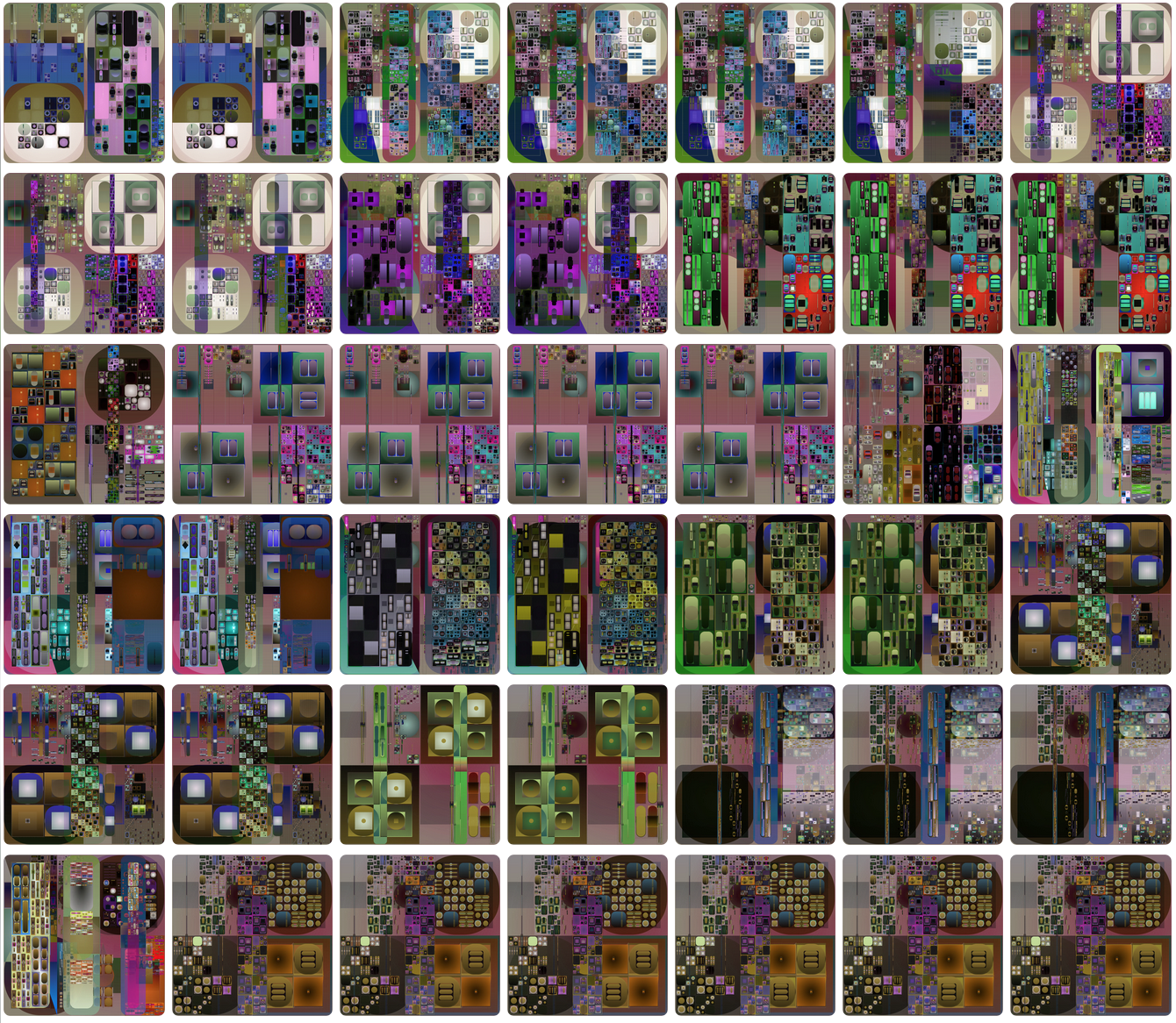
Outland was created as a response to the market for digital art that has flourished over the last year. When I started putting together Outland’s editorial program, I knew I wanted to make a platform for critical assessments of digital art, for artists’ insights into the new directions they’re taking, and for collectors’ views on what kind of art they value and why. My goal was to help readers understand how digital art is changing because of NFTs by publishing an array of perspectives that represent the many approaches to this new format, and that consider how contemporary digital art relates not only to its new market but also to other, older legacies and contexts. This week Outland passed its hundredth day online, and I’d like to take a moment to reflect on what we’ve done so far and where we can go next.
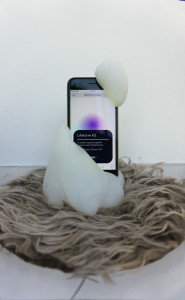
For all the market success of NFTs, the artists who make them are still operating outside the stewardship of institutions. They work independently, doing promotion and sales themselves, or pull together temporary teams to do it. Information about their work is disseminated through announcements on Discord and conversations on Twitter Spaces. This discursive environment is very different from the one I got used to in my past work as an editor and critic. When I worked at an art magazine, all the art we covered came swaddled in press releases, checklists, captions, hi- and lo-res reproductions. Art in the NFT space doesn’t have any of that. And so critics and editors have to take on the responsibility of deciding what matters, how to define it, how to tell its story. Art is slippery and multifaceted, alive with ambiguities and open questions. It’s hard enough to write about art when interpretive frameworks for it are already available. It’s harder still when the writers have to construct those frameworks themselves.
I suspect that’s why there has been scant critical writing on NFTs, whether in the mainstream press or in art magazines. The close attention that Outland’s contributors are giving to NFT projects is valuable because other outlets are still looking at NFTs from a distance, where not much is visible beyond the wildest auction numbers and the most viral PFP projects. They want to address the big questions: Are NFTs art? From a zoomed-in perspective, the big questions seem absurd; it’s easier to see how they’re incorrectly posed in yes-or-no terms.
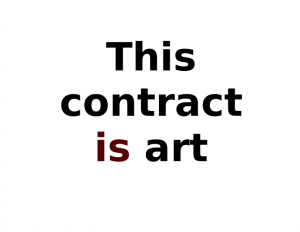
Last week the New York Times published an article by critic Blake Gopnik asserting that there is no such thing as “NFT art.” He reasoned that the NFT is a mere certificate whose existence has nothing to do with the art itself. This view is widespread among established figures in the art world; a few weeks earlier curator Christiane Paul wrote an editorial in The Art Newspaper about how the NFT market has artificially narrowed the public’s perception of what digital art can be, and used the same distinction of art vs. certificate. But the more time you spend with NFTs, the harder it seems to separate them. There are hundreds of artists who earn a living by making motion graphics for the entertainment industry, or live visuals for musicians. Now the financial opportunity offered by the NFT markets lets them make work that has no other application. What is this if not “NFT art”? It’s true that “NFT art” doesn’t say anything about medium or style—in other words, it doesn’t provide any of the formal information that art professionals are used to getting from categorical labels. And yet, broad and baggy as it is, “NFT art” is useful as shorthand for a phenomenon, for the appearance of a new market that has too many implications to spell out each time it’s mentioned. (I don’t often say “NFT art” myself, though I do use “NFTs” to mean the same thing, which draws the wrath of Twitter pedants who object to the conflation of the art and sales mechanism.) Equally cringeworthy retronyms like “trad art” and “art world art” get tossed around in NFT-related discussions. Like “NFT art,” they describe art in social terms rather than formal ones. If you take art’s social context for granted, as many art professionals seem to do, these new terms can sound awkward or redundant. But if you write them off as such, you might not see how things are changing.
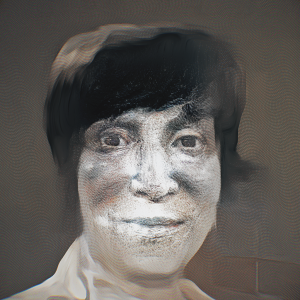
It’s also important to remember that in some cases “NFT art” can be a formal descriptor, too. It can refer to projects that address the relations and transactions encoded in the NFT’s smart contract—conceptual art similar in principle to works by Maria Eichhorn, who foregrounds the financial and legal arrangements that art institutions make with artists and staff, or by Cameron Rowland, who uses institutional budgets to intervene in the legal and financial systems that perpetuate racial inequality. (This is another reason why questions like “Are NFTs art?” sound either small-minded or wrongheaded: way back in the twentieth century we learned that anything can be art if an artist makes it so.) “NFT art” of the medium-specific variety has been a major focus of the conversations and criticism published on Outland so far. Sarah Friend and Lauren Lee McCarthy are two artists whose participatory works explore how everyday technologies mesh with obligation and trust; they talked about using NFTs in ways that downplay the commercial aspect of transactions, to highlight how the token stands in for emotional investment in relationships. Pak’s Lost Poets is a project that started last September when 65,536 tokens were released for sale. Collectors later named their “poets” and assigned them utterances that add up to a Borgesian library whose final form still remains unknown. “Modern museum culture is grounded in free or low-cost access to art, but Pak works in a new model, one always and ineluctably rooted in capital as it generates investment from viewers-owners, rather than donors and board members,” A.V. Marraccini writes in an essay that defines the ambitions of Pak’s project. “In making conceptual art collective, and requiring a substantial financial buy-in to participate, Pak renders the genre sexy, exciting, and somehow new to viewers-owners, who then willingly create community around the work themselves.”
Kevin Buist coined the term “ectogame” to describe projects like Lost Poets, or Sarah Friend’s Off, where NFTs are sold as entry passes or game pieces in a participatory work. In projects like Pak’s and Friend’s, the “rules” of the ectogame are secrets of the artists, left for NFT collectors to decipher through experimentation and play. In other cases, the initial NFT series holds the promise of a playable game that just hasn’t been developed yet. Michael Thomsen wrote about one such project that didn’t fulfill its promise. The Settlements could have been a strategy game about conquest and trade in a fantasy world, and diehard collectors still hoped to figure out how to realize it months after the creator moved on. Even in its failure, Thomsen argued, The Settlements points to the conceptual promise of NFTs. “The self-evident reality that there is often, or always, no there there with NFTs is part of what gives them power,” he writes. “It creates negative space that can be filled with entrepreneurial optimism, which, like a painted face or an artificial bouffant, can draw attention that becomes its own reason for being.”
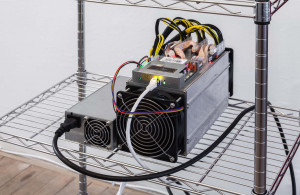
Blockchain technologies offer opportunities for conceptual gambits beyond NFTs and the social connections they foster. Some such works were discussed in a dialogue between Devin Kenny and Coleman Collins, two artists who work with the feedback loops between technology and social change. Kenny’s What Would Upski Think? is a computer rigged to mine the cryptocurrency Monero, which is then sold for dollars and donated to bail funds. The work is a proposal, an installation displaying software that anyone can run on a home computer. Collins’s GuiltCoin is an ERC-20 token whose sale and promotion function as prompts for discussion about past and present injustices, and how they are understood in terms of money and debt. Rhea Myers’s work with NFTs is usually not participatory or easily sellable. Instead she examines the form of the blockchain token, and how it reifies notions of secrecy and authenticity. As she said in a conversation with theorist McKenzie Wark, she’s also interested in how NFTs purify the ownership of art. “Conceptual art’s use of information technology, its challenge to existing systems of ownership, exhibition, and exchange, are recuperated through certificates of ownership,” she said. “I recognized this as a template for crypto art—conceptual art as million-dollar goods.”
The NFT market has become a site of support for conceptual practices in a time when the world of museums and galleries favors figurative painting, documentary photography and video, sculptural assemblage. Maybe the tendency to disregard or misunderstand “NFT art” has something to do with conceptual art being out of fashion. I’m excited that Outland is helping create a context for understanding this work. And I’m excited that this is not the extent of what we’ve done and what we can do. Going forward, in the next hundred days and beyond, I hope to spotlight other kinds of “NFT art,” to keep working with critics and artists to make sense of how things are changing, and how these developments can shed new light on what we think we already know.
Brian Droitcour is editor-in-chief of Outland
